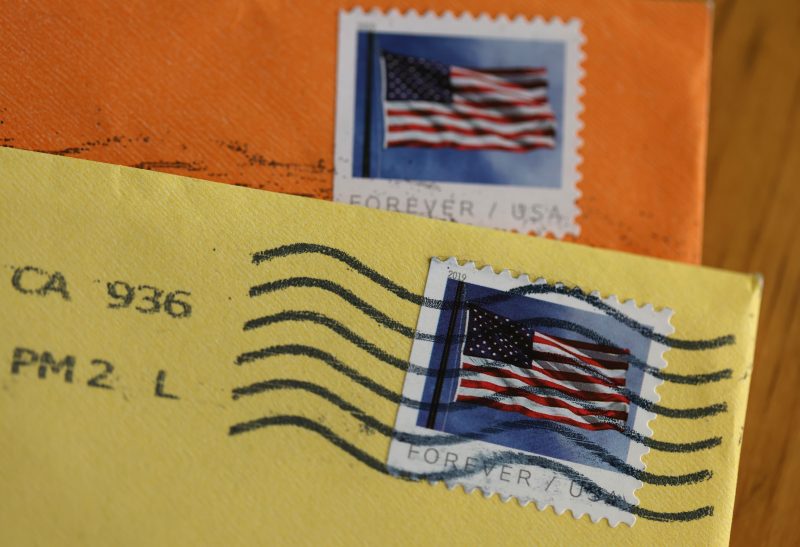More stamp price changes are expected: How expensive could they get?

(NEXSTAR) — Earlier this summer, the cost of a Forever stamp rose five cents, marking the largest price increase the U.S. has seen on first-class mail.
You may want to stock up now, especially with additional price hikes already on the horizon.
The latest increase, which took effect on July 13, marked a 7.4 percent bump on first-class mail stamps alone. At 78 cents a piece, it may not feel like very long until they reach $1.
The July price hike is the seventh since 2021 — there were two rate increases in 2023 and 2024. Since 2014, stamps have gone up nearly 30 cents each.
Last September, the USPS proposed raising the price of stamps five times over the next three years, starting this July. Additional changes are on schedule to happen every January and July through the end of 2027, the USPS confirmed to Nexstar.
The largest price jumps, all totaling 5 cents, have been the last two and the January 2019 increase. If the next four price hikes remain on track and increase at the same rate, a Forever stamp could cost you 98 cents each (a total you could only pay for with the help of the no-longer-in-production penny, if you’re paying in cash).
The last 10 price changes for a single stamp have, on average, been an increase of 5.2%. Should future hikes increase at that average rate, a stamp could set you back 96 cents by the summer of 2027.
This data may also not mean much when it comes to future range changes. The USPS has to comply with price caps when it comes to these adjustments. These caps are impacted by factors like inflation and mail density, according to the Postal Regulatory Commission.
The commission is responsible for ensuring that any proposed price changes by the USPS “meet all the legal and regulatory requirements.” Before that, the Postal Service Governors have to approve price changes.
Nonetheless, it may only be a few years before a Forever stamp costs $1. The Postal Regulatory Commission has, however, called for the USPS to only be able to adjust the prices of market-dominant products, like letters, magazines, and catalogs, once a year rather than the twice-a-year changes currently scheduled.
Only twice has the price of stamps dropped: in 1919, when postage dropped from 3 cents to 2 cents per ounce, and in 2016, when stamps went from 49 cents to 47 cents. The latter change lasted only from April 2016 to January 2017.
The USPS, meanwhile, faces significant financial struggles and questions about its future under President Donald Trump.
Trump previously expressed interest in bringing the USPS, overseen by a president-appointed board of governors that selects the postmaster general, under the umbrella of the Department of Commerce.
“We want to have a post office that works well and doesn’t lose massive amounts of money, and we’re thinking about doing that,” Trump told reporters in February. “And it will be a form of a merger, but it’ll remain the Postal Service, and I think it’ll operate a lot better than it has been over the years.”
David Steiner, who recently began his tenure as postmaster general, said in an introductory video to USPS employees that he does “not believe the Postal Service should be privatized, or that it should become an appropriated part of the federal government.”
“I believe in the current structure of the postal service as a self-financing, independent entity of the executive branch,” he said, adding that his goal for USPS is for it to “meet the financial and service performance expectations of our nation.”